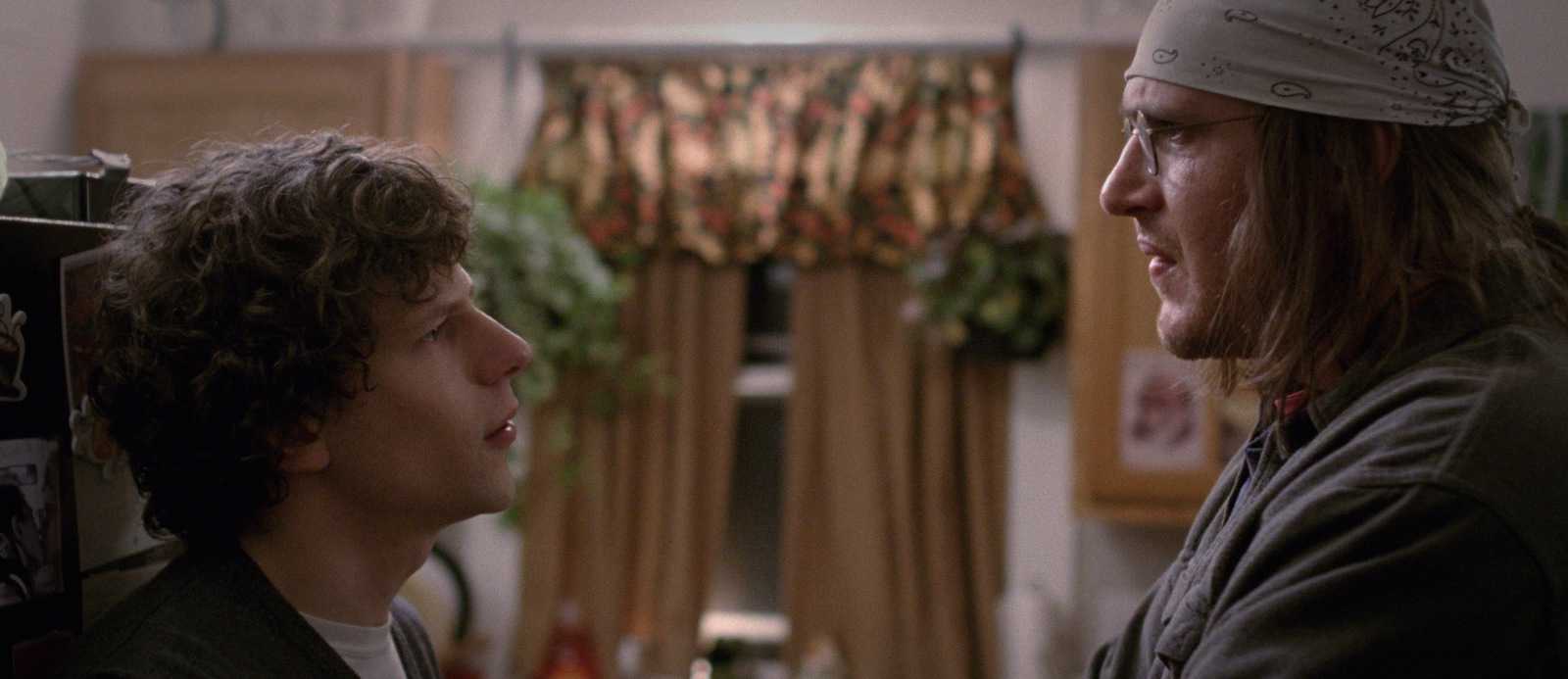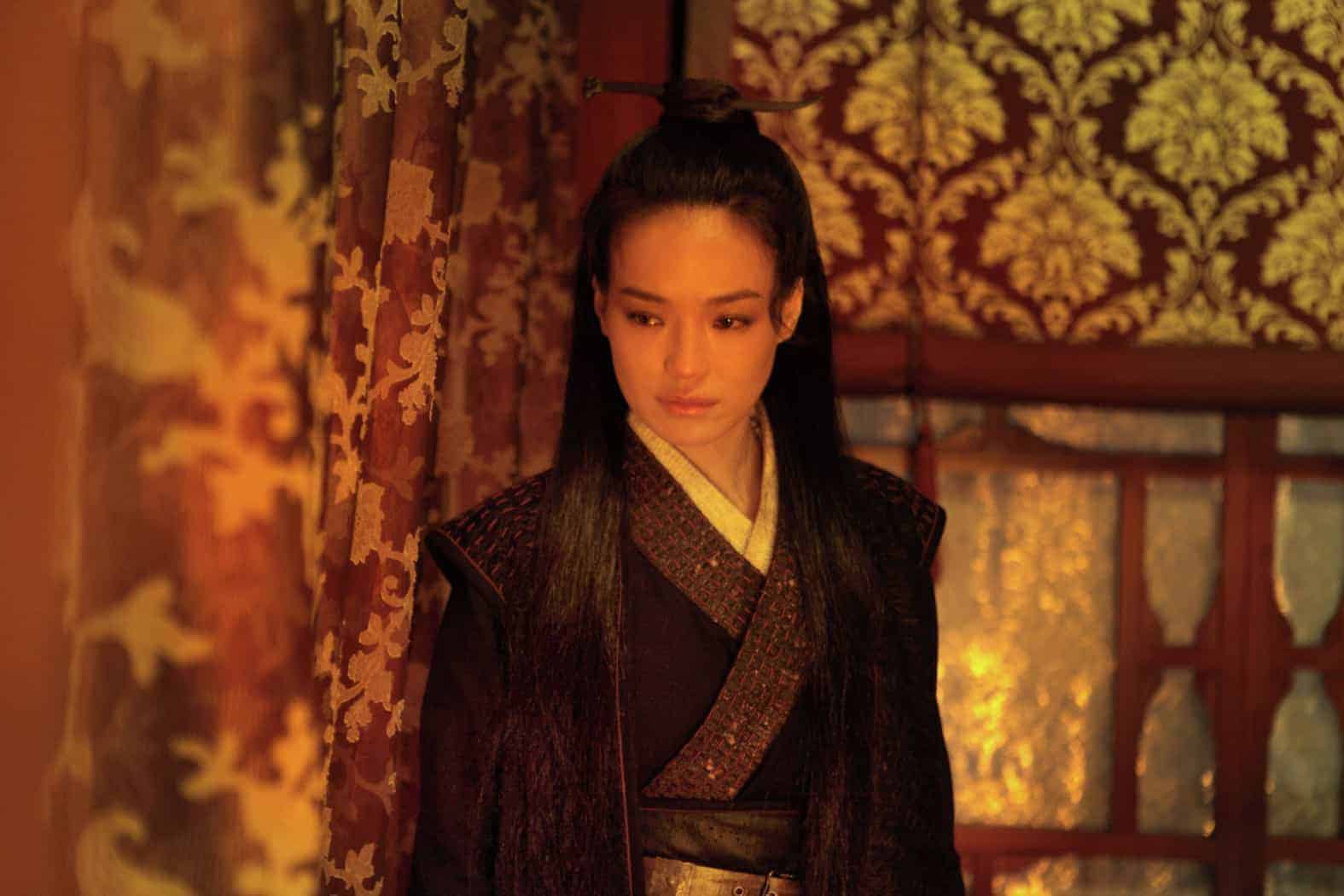
When you’re young, there’s a fine line between horseplay and sex. Horseplay is familiar and safe; sex is new and scary. And play fighting is the easiest way to get physically close enough to another person to even put sex on the table. It’s how Minnie’s (Bel Powley) sexual exploits begin in Marielle Heller’s wonderfully sensitive, perceptive, and funny The Diary of a Teenage Girl. While watching TV one night with her mother’s boyfriend, Monroe (Alexander Skarsgard), Minnie starts poking and shoving him, which he returns blow for blow. Before long, she’s resting on his lap, in what starts as a paternal gesture but takes a sort of turn when he puts his arm around her, leaving his hand resting on her breast — with plausible deniability that it could be unintentional. “Munroe… pitter pat, you touched my tit, how was that?” she dreamily dictates into her diary. It’s only a matter of days before they’re having sex.
The Diary of a Teenage Girl is all about blurred lines and confusing emotions. At fifteen, Minnie is old enough to be having sexual feelings, but young enough to still be just a child in need of a parent. She mistakes sex for intimacy, attention for love, sensuality for power, and lust for admiration. And she’s insecure enough that something that may seem empowering one minute can make her feel vulnerable and used the next. Set in the 1970s in San Francisco, when drugs and partying were commonplace and parents often behaved like children, Minnie finds herself without any real adult, parental figure to guide her and set boundaries. Her mom Charlotte (Kristin Wiig) is too self-absorbed to really be able to take care of her daughter. Although Minnie’s best friend Kimmie (Madeleine Waters) is always up for adventures, she’s too much of a teenager herself to really be a source of deep emotional support. Lonely and emotionally needy, her affair with Munroe is as much about lust as it is an attempt to compensate for what’s lacking in her other relationships.
“You have a kind of power. You just don’t know it yet,” Charlotte tells Minnie, as she reminisces about her youth, encouraging Minnie to show off her figure to attract boys. Despite being a smart woman, Charlotte depends on men desiring her for her self-worth. It’s why Minnie spends much of the film wondering if any men love her. Minnie is beautiful, but doesn’t know it yet, convinced her breasts are the wrong size and her body is too imperfect. So she finds nothing more flattering than a man showing interest in bedding her.
She embarks on an affair with Munroe almost out of convenience. When she crosses a line in their horseplay, and he informs her it’s given him an erection, she’s emboldened. It’s partly pure curiosity, wondering what it’s like on the other side of virginity as “an adult.” Munroe is there, offering to see her through to that milestone. When he asks her if she wants him to “fuck her,” her voiceover informs us “I’m not sure if I really wanted him to, but I was afraid to pass up the chance, because I might never get another.”
Having sex is a transformative experience for Minnie. Knowing that men desire her helps her feel more comfortable in her body, fueling her self-confidence. She starts to dress differently and notice she’s turning boys’ heads at school. But it’s a mixed blessing. It awakens her awareness of her own lust, which she conflates with her still deep-seated need for approval from men. She wants sex all the time, and she can’t tell if it’s hormones, which it partly is, or what she feels like she gets, emotionally, from sex — a sense of being valued. It’s a new kind of neediness and a new kind of vulnerability. And it makes her desperate to see Munroe vulnerable, but too infatuated to notice just how flawed and pathetic he really is: a lazy drunk with false hope in developing a vitamin business.
Director Marielle Heller, who also adapted Phoebe Gloeckner’s graphic novel for the screen, shoots the film entirely from Minnie’s perspective. Powley is in every scene and nearly every frame, most of which involve close-ups or medium shots of her and the person she’s interacting with. Because Minnie sees Munroe as a desirable partner, Heller allows us to notice how attractive he is, rather than to feel that he’s a predator. Because Minnie is learning more and more a about her body, we also see her taking an increasingly active role in her sexual pleasure: we get to see her enjoying sex with Munroe, just as we see her becoming small when it doesn’t pave the way to the kind of emotional closeness she’d hoped for. When Charlotte starts to notice that there’s something suspicious about Munroe’s relationship with Minnie, we eavesdrop on their fights through Minnie, and we see her at the back of a big, empty frame, feeling sad and jealous that she’s not the only woman in Munroe’s life.
Minnie is constantly narrating and shaping her own story in the film. She dictates her adventures into her tape recorder, in part to bask in the pride of her exploits, even if she doesn’t really understand how they’re making her feel. She sketches a comic based on her life in San Francisco, taking inspiration from another female graphic novelist, Aline Kominsky. We rejoice with her when she feels she’s triumphed even as Heller allows us to see how unreliable a narrator Minnie is: she’s just too naive and unaware of just what she’s feeling.
In her comics, Minnie draws herself as a gigantic woman, stomping around the streets of San Francisco by herself. When the high school boy she’s sleeping with tells her that having sex with her is terrifyingly emotionally intense, Heller cuts to an animated sequence in which the boy is small enough to be held in giant Minnie’s hand, who drops him abruptly before running away. She’s hurt, but she’s also starting to see her real worth and that not every boy that takes notice is worthy of her. These animated sequences punctuate the film, yet Heller manages to keep them from becoming twee.
Although The Diary of a Teenage Girl is ostensibly about Minnie’s sexual awakening, that label is far too reductive. Even for Minnie, sex isn’t really about sex. It’s about meeting other emotional needs that aren’t being satisfied because of circumstance. She starts out thinking her sexual exploits are about proving herself to be a grown up. Eventually, she discovers that having sex only makes things more complicated: it doesn’t fast track you to adulthood. Through heartbreak and vulnerability, through having the opportunity to get close enough to someone to see them for what they really are, she starts to find herself. She also starts to see that sex isn’t the be all end all that she’d expected. She needed to find a way to talk to her mom more than she needed a boy to give her orgasms. But without the feelings the sex brought out, she might not have figured out how to find her way back to her mom and become comfortable in her own skin.
The Diary of a Teenage Girl is now available on VOD and DVD.
Read more: Julia Ducournau’s Raw is a new kind of female body horror >>

